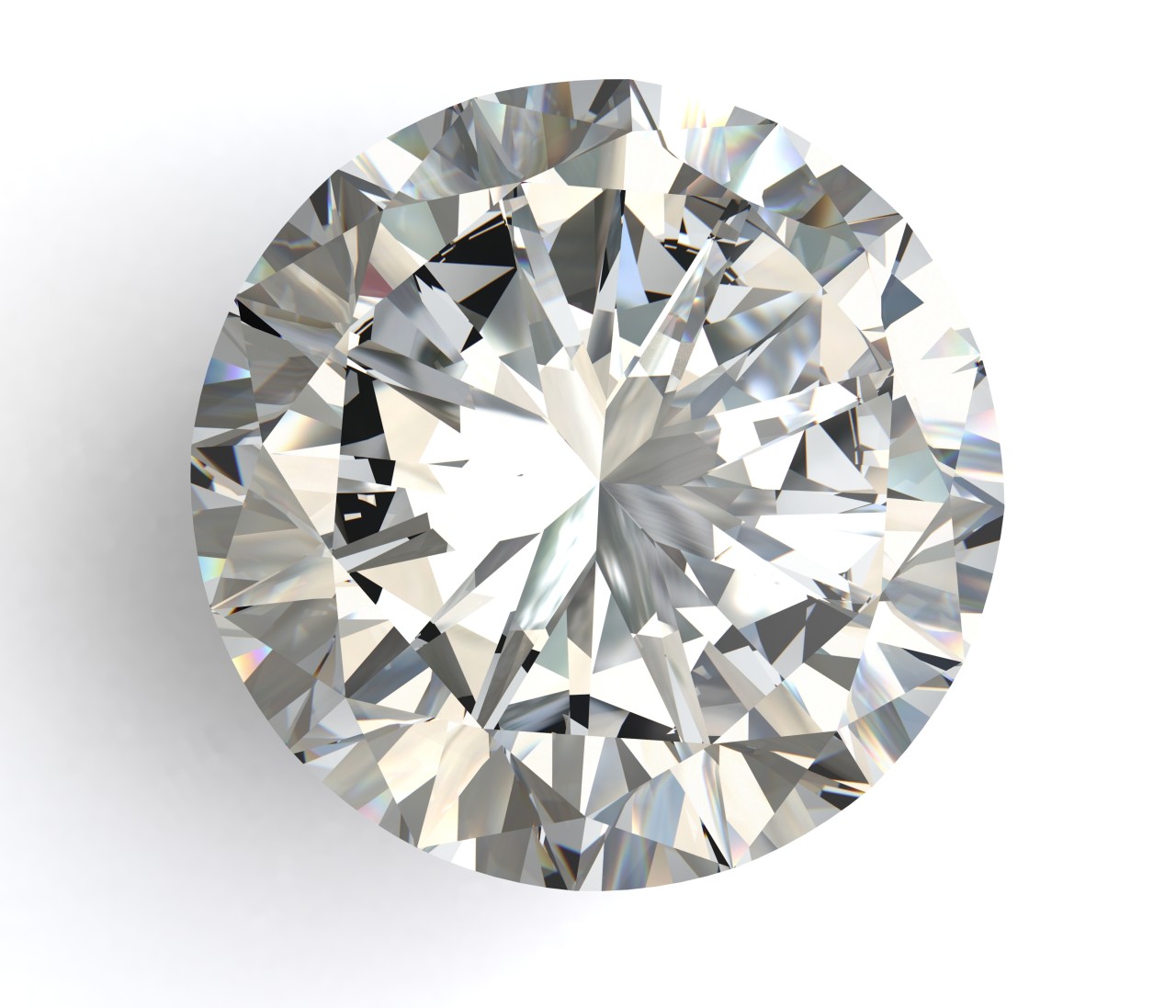The Four C's
Every diamond’s strength, brilliance and value are as unique as the individuals wearing them. Since each diamond is distinct, the four Cs were created by jewelers and gemologists to compare diamonds on an objective level. A good starting point for choosing a diamond is an understanding and decision based on the Four Cs.
Color
The first criteria for evaluating diamonds is color, or lack thereof. A chemically pure and structurally perfect diamond has no hue and consequently, a higher value. Diamonds are rated on a scale of D to Z. Where D is completely colorless and Z has a faint color. Many of the distinctions on the color scale or so subtle that they are indecipherable to the untrained eye. It should be noted that naturally colored diamonds outside the normal color range are called “fancy-colored” diamonds and a diamond with a Z rating is not considered a yellow fancy-colored diamond.

